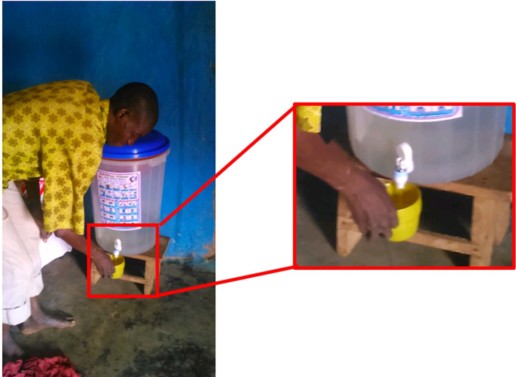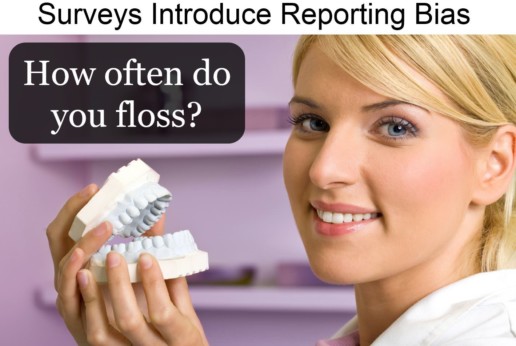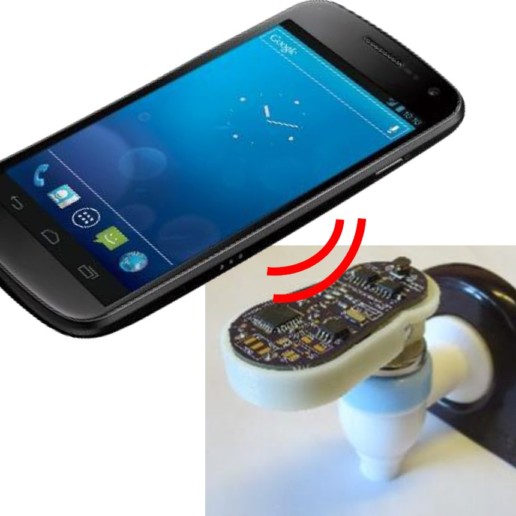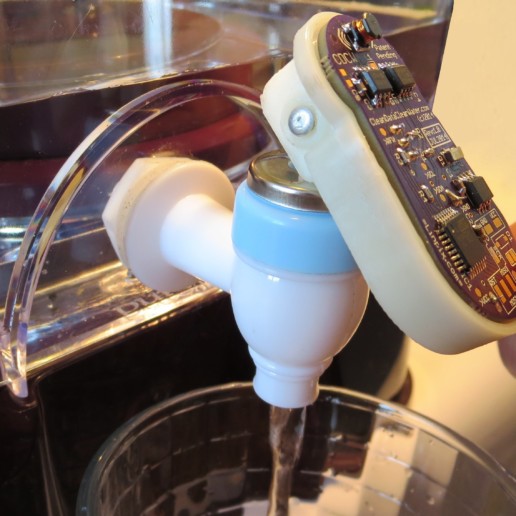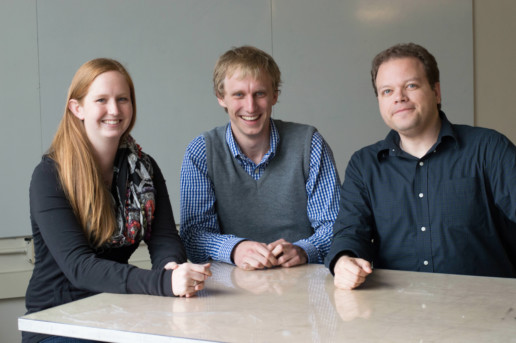Problem: How can the dentist tell if you floss? They ask and you lie.
The same happens with household water treatment and safe storage (HWTS) devices. NGOs give them away, and then try to ask if they are being used. NGOs ask, and people lie – by up to 30-40%. Until now, there hasn’t been a cheap, objective method of quantifying long-term usage of HWTS.
Analysis: We realized that NGOs don’t actually care about precise flow rates; the failure mode of these filters is abandonment and usage is much cheaper to measure than flow.
Solution: We enclose a battery, “usage sensor,” microprocessor, and NFC chip inside the handle of the filtration device. It lasts for a year, is waterproof, and can be read wirelessly – even after the battery dies.
Results: We won first place ($10k) from the MIT IDEAS Global Challenges and the Dow Sustainability Innovation Student Challenge Award. We were featured in FastCo and are excited to find new partners to launch our next 500 units.
Our Team: I am the team’s context specialist, drive the design’s functional requirements, and will lead the field implementation. Natasha Wright [left in the picture below] works on the housing design and Marcelo DeCastro [right] is the software and electronics specialist.
